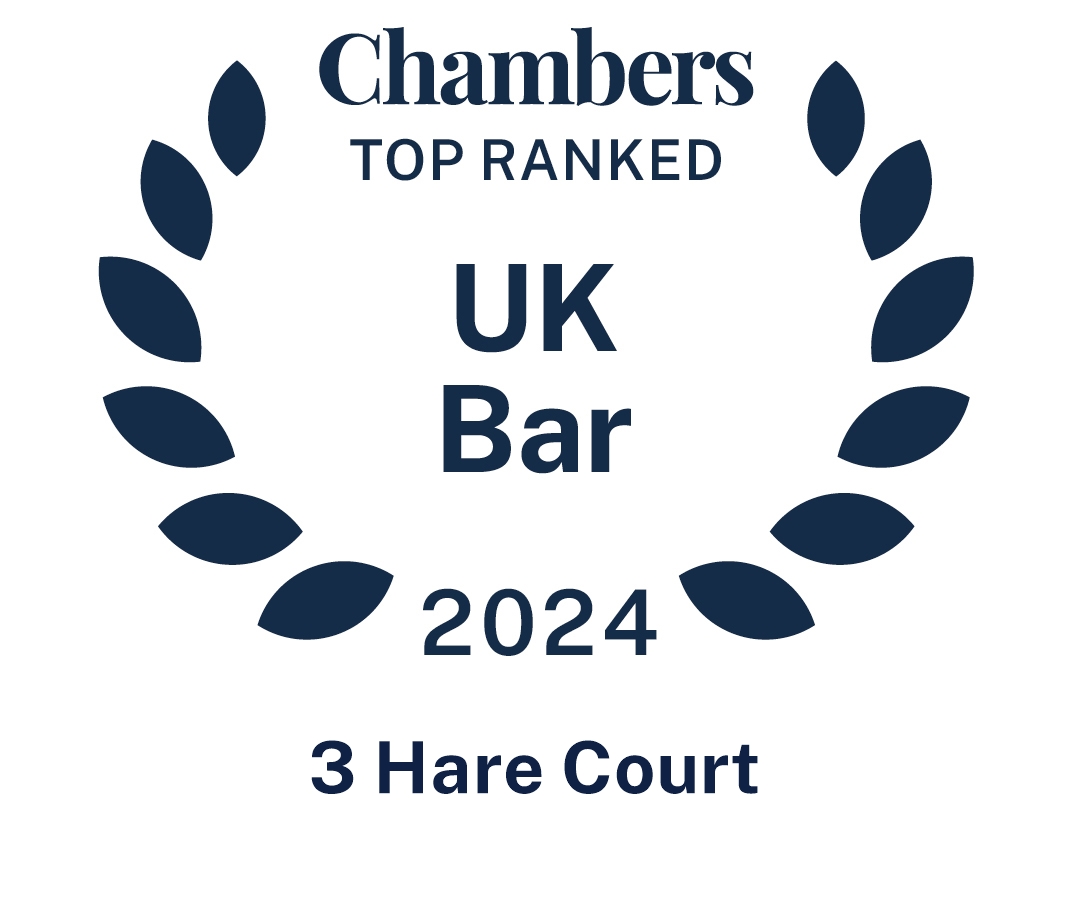Pierre Janusz (instructed by DAC Beachcroft Claims) for the Defendant.
HHJ Howells:
On the 22 September 2020 the claimant Mr Evans was on a motorcycling holiday in the Black Forest in Germany. At the time Mr Evans was an experienced motorcyclist who was well used to driving on the continent and hence on the right-hand side of the road. At about 3.30 in the afternoon, he was approaching a right-hand hairpin bend. It is his case that, as he did so, he became aware of a car driven by Mr Günther, who is insured by the defendant, approaching in the opposite direction. He believed that Mr Günther’s vehicle was on the wrong side of the road i.e., approaching in the claimant’s own lane, effectively cutting the corner. He therefore deemed it necessary to take emergency evasive action, applying his brakes hard, and turning to the left to avoid a collision. Unfortunately, despite this action there was a collision between the claimant and Mr Günther’s vehicle. The defendant in this matter is the insurance company of Mr Günther against whom a direct right of action is provided under German law. The issue of liability is very much in dispute between the parties. It is that issue which I now determine by this judgment following a trial of that preliminary issue this week.
It is the defendant’s case that their driver was in no way to blame. It is said that Mr Günther was at all relevant times on his correct side of the road and in fact the collision occurred on his side of the road. It is the defendant’s case that the accident was caused by the claimant effectively driving too fast for the road conditions and losing control of his motorcycle upon his approach to the hairpin bend. It is said that this accident was caused entirely by Mr Evans and not through any fault of the defendant’s insured.
It is worthy of note that this matter has had some procedural issues raised in the course of the trial. I mention them because, not only did they cause delay to the progress of the claim, but they also had an impact upon the evidence before the court.
Firstly, there was an application from the defendant before me to allow additional video evidence prepared by the defendant’s accident reconstruction expert in the weeks leading up to trial but after the joint statement of experts. I refused this application. However, in the light of issues raised within it the defendant, on the morning of day two of the trial, made an application to amend their defence and to specifically plead that the speed of the claimant was excessive for the road conditions. For reasons given in the judgment on that application I allowed that amendment. As a result of that amendment the claimant’s own reconstruction expert was permitted to provide further evidence in written and oral form to specifically address the question of speed which had not been a highlight of his evidence beforehand.
A further application was made by the defendant in relation to 2 of their witnesses namely Mr Günther the driver and the defendant’s German law expert Mr Tomson. On the first day of trial, I was told that neither of those witnesses (who are German citizens and residents) were present in the UK and the intention was they should give evidence by way of video link from Germany. In principle this was not objected to by the claimant, but it was said that the procedural requirements under Practice Direction 32 of the Civil Procedure Rules and specifically the practice note set out at page 1171 of the 2022 White Book needed to be complied with. The defendant reserved their position overnight particularly as I suggested that arrangements might be able to be made for those two German witnesses to fly into the United Kingdom so that they could give their evidence in the usual way before the court. On the morning of the second day it became apparent that the witnesses were not present and as such a formal application was made by counsel for the defendant to hear their evidence by video. It became clear as set out in my earlier judgment on this matter that the foreign office had indicated that they had a diplomatic objection to that; the German government had stated that they would not allow German nationals to give evidence by video in courts of foreign jurisdictions. As such the foreign office says (in an email that was read to me by counsel) that they too objected. Nevertheless, an application was made for me to ignore the diplomatic objection and hear such evidence. I refused that application. Nevertheless, it was agreed by all parties that Mr Günther’s evidence and the evidence of Mr Tomson could be admitted under the civil evidence act and the question then would be what weight ought to be given to it.
Having set out that procedural background by deal with the law in this matter.
This is a case where the accident happened in Germany. The claimant is British and resident in England, but the defendant insurance company and their insured are German. There have been attempts to reach agreement as to the principles of German law which need to be applied in this matter. In fact, in closing submissions, it became clear that what was described as a “sliver” of difference between the parties on the German law, was no difference at all. I therefore set out below what is the agreed position as to German law.
It is common ground that pursuant to Regulation 864/2007 (“Rome II”) the law applicable to the claim in tort arising out of the accident is German law. The approach in respect to this is illustrated in the judgment of Simon J in Yukos Capital v Oil Company Rosneft [2014] 2 CLC 162; [2014] EWHC at paragraphs 25 – 30.: specifically, the Court is required to determine the foreign law as a question of fact on the basis of the evidence deployed by the parties, according to the usual civil standard. This applies to all questions of liability including any question of contributory negligence. The burden of proof is therefore governed by German law pursuant to article 1(3) of Rome II.
It is also agreed that procedural matters are governed by the law of the forum i.e., the law of England and Wales. In light of the decision of Dingemans J in Marshall and Pickard v MIB and others [2015] EWHC 3421 (QB), paragraph 25, the standard of proof to be applied is that of the law of the forum, English and Welsh law i.e., the balance of probabilities
The defendant’s liability to the claimant as insurer of the car is dependent on the issue of whether the owner (and in this case driver) of the car (Mr Günther) would be liable to the Claimant under the law of Germany. The applicable principles of German law are now agreed.
Click here to read this judgment in full.
Share:





